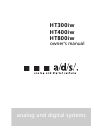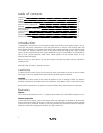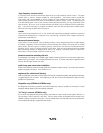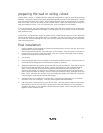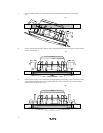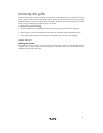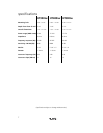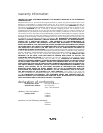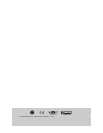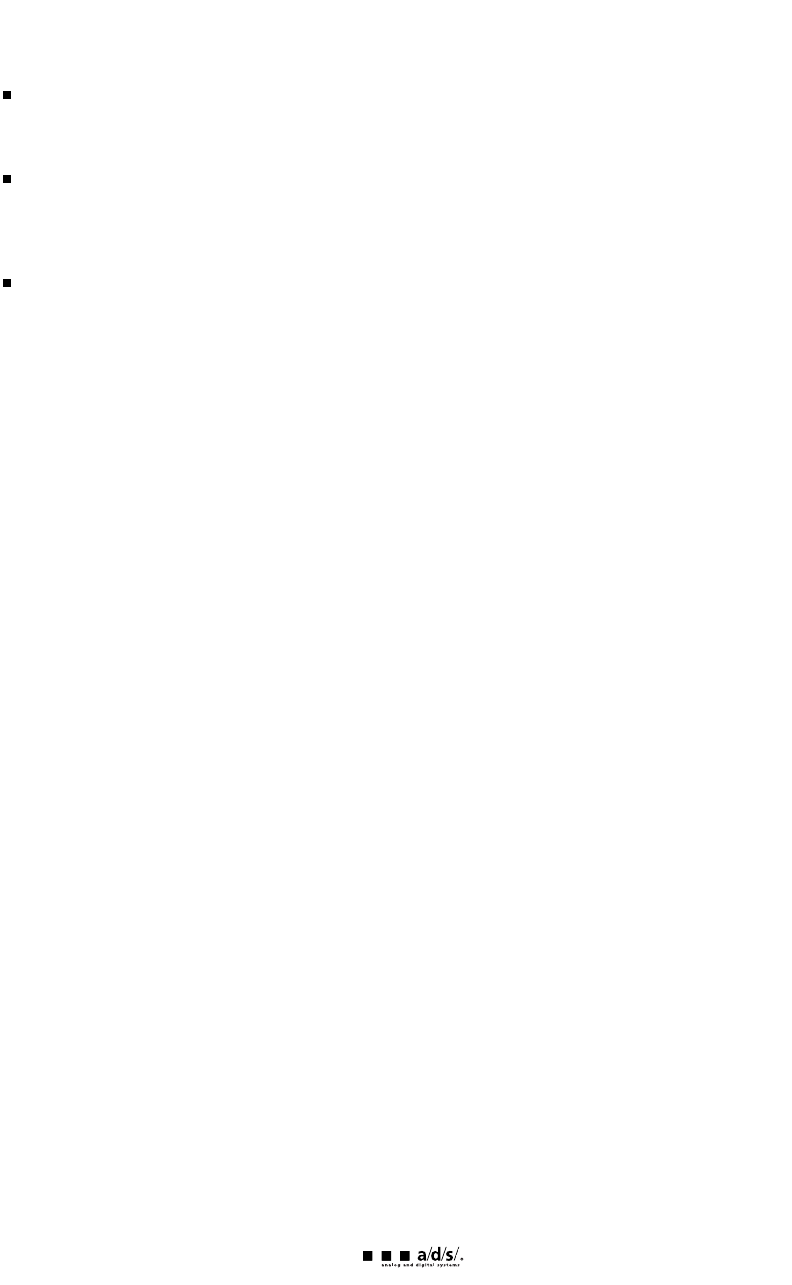
installation precautions and tips
Please read these instructions completely for the best enjoyment of your HT Series speakers.
When you cut into the wall to install the speaker, do not cut through the facing or insulation that
may be behind the wall. This facing is a moisture barrier. Use duct tape or wide vinyl tape to seal
any cuts.
Keep debris and loose material away from the installation location. Do not allow debris to get in
the openings of the woofer basket. Debris and loose material can cause buzzing or rattling, and can
damage the woofer cone. Install plastic or fiberglass screening above the speaker to keep debris
away. Handle the speaker carefully.
Do not let anything touch the speaker cone or dome. Do not clean the speaker with paint thinner
or any solvents.
• Consider the services of a professional custom installer. If you have any doubts about your own
abilities, it is better not to risk damaging your walls or ceilings, electrical wiring, ventilation
ducts or plumbing.
• Work with good quality, correct tools. This will save you time and assure superior results.
• Allow sufficient clearance.
• When using speakers outdoors, locations should be sheltered from direct sunlight, rain or snow.
Direct exposure will shorten product life.
• Combined impedance for speakers connected to each channel should be at least 4 ohms. This is the
minimum impedance tolerated by most amplifiers. Check with your dealer before wiring multiple
speaker pairs.
general mounting suggestions
Avoid placing the speaker within two feet (0.6 meters) of a corner. The acoustic reflections from surfaces
near the speakers can detract from the sound quality. Do not place the speaker behind heavy fabrics; if you
cannot see through a fabric, you cannot hear through it.
The in-wall speakers are designed for "infinite baffle" operation. The area behind the speaker installation
should be at least one-half cubic foot in volume to ensure proper performance. If the area is too small it will
limit bass response and cause a peak in the mid-bass range.
prewiring
• Check local building and electrical codes for compliance of the speaker wire.
• Use stranded wire of at least 16 gauge; for runs over 100 feet, it is preferable to use 14 gauge wire.
• Use only insulated staples or nylon tie straps to secure wiring within the wall to avoid shorts.
• Do not stretch the wire as it is being routed. This could create future (and costly) problems.
• Leave about 2-3 feet of free wire at both ends. Cutting excess wire is better than splicing.
• Always "home run" wires: run a continuous wire from each speaker directly to the source location.
Do not connect speakers together any other way for easier diagnosis of faulty wire or speaker problems.
• Wire speakers in phase with the same polarity. Attach positive (+/red) and negative (-/black) terminals
consistently.
• Combined impedance for speakers connected to each channel should be at least 4 ohms. This is the
minimum impedance tolerated by most amplifiers. Check with your dealer before wiring.
3



